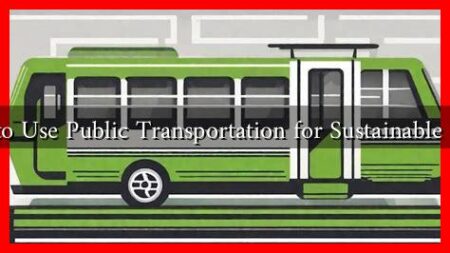-
Table of Contents
- How to Handle Transportation Issues for School
- Understanding Transportation Challenges
- Strategies for Addressing Transportation Issues
- 1. Collaborate with Local Authorities
- 2. Implement a School Transportation Plan
- 3. Promote Carpooling and Walking Programs
- 4. Utilize Technology for Real-Time Updates
- Case Studies: Successful Transportation Solutions
- Conclusion
How to Handle Transportation Issues for School
Transportation is a critical aspect of the educational experience, impacting students’ punctuality, safety, and overall academic performance.
. As schools strive to provide a conducive learning environment, addressing transportation issues becomes paramount. This article explores effective strategies for managing transportation challenges in schools, offering insights and practical solutions.
Understanding Transportation Challenges
Transportation issues can arise from various factors, including inadequate infrastructure, budget constraints, and increasing student populations. Understanding these challenges is the first step toward finding effective solutions. Some common transportation issues include:
- Inconsistent Bus Schedules: Delays and cancellations can disrupt students’ routines.
- Safety Concerns: Traffic congestion and unsafe pick-up/drop-off zones can pose risks to students.
- Accessibility Issues: Students with disabilities may face challenges in accessing transportation services.
- Environmental Impact: Increased vehicle emissions from school runs contribute to pollution.
Strategies for Addressing Transportation Issues
To effectively manage transportation challenges, schools can implement a variety of strategies. Here are some actionable solutions:
1. Collaborate with Local Authorities
Engaging with local government and transportation agencies can lead to improved infrastructure and services. Schools can:
- Advocate for safer crosswalks and traffic signals near schools.
- Work with city planners to develop better public transport routes for students.
- Participate in community meetings to voice transportation concerns.
2. Implement a School Transportation Plan
A comprehensive transportation plan can streamline operations and enhance safety. Key components of a successful plan include:
- Regularly reviewing bus routes and schedules to ensure efficiency.
- Establishing clear communication channels for parents and students regarding transportation updates.
- Creating a contingency plan for emergencies, such as inclement weather.
3. Promote Carpooling and Walking Programs
Encouraging carpooling and walking can alleviate traffic congestion and reduce environmental impact. Schools can:
- Organize carpooling initiatives through parent-teacher associations.
- Implement “Walking School Buses,” where groups of students walk to school together under adult supervision.
- Provide incentives for families who participate in sustainable transportation options.
4. Utilize Technology for Real-Time Updates
Technology can play a significant role in improving transportation efficiency. Schools can leverage:
- Mobile apps that provide real-time bus tracking for parents and students.
- Automated messaging systems to notify families of delays or changes in schedules.
- Online platforms for parents to report transportation issues quickly.
Case Studies: Successful Transportation Solutions
Several schools have successfully implemented innovative transportation solutions. For instance:
- Seattle Public Schools: The district partnered with local transit agencies to create a “Student Transit Pass” program, allowing students to use public transportation for free, significantly reducing traffic congestion around schools.
- Los Angeles Unified School District: Implemented a comprehensive safety plan that included designated pick-up/drop-off zones, reducing accidents and improving traffic flow.
Conclusion
Transportation issues in schools can significantly affect students’ educational experiences. By understanding the challenges and implementing effective strategies, schools can create a safer and more efficient transportation system. Collaboration with local authorities, developing comprehensive transportation plans, promoting sustainable practices, and utilizing technology are all essential steps in addressing these issues. As schools continue to adapt to changing needs, prioritizing transportation will ultimately lead to improved student outcomes and a more positive school environment.
For more information on school transportation solutions, visit the National Association for Pupil Transportation.





